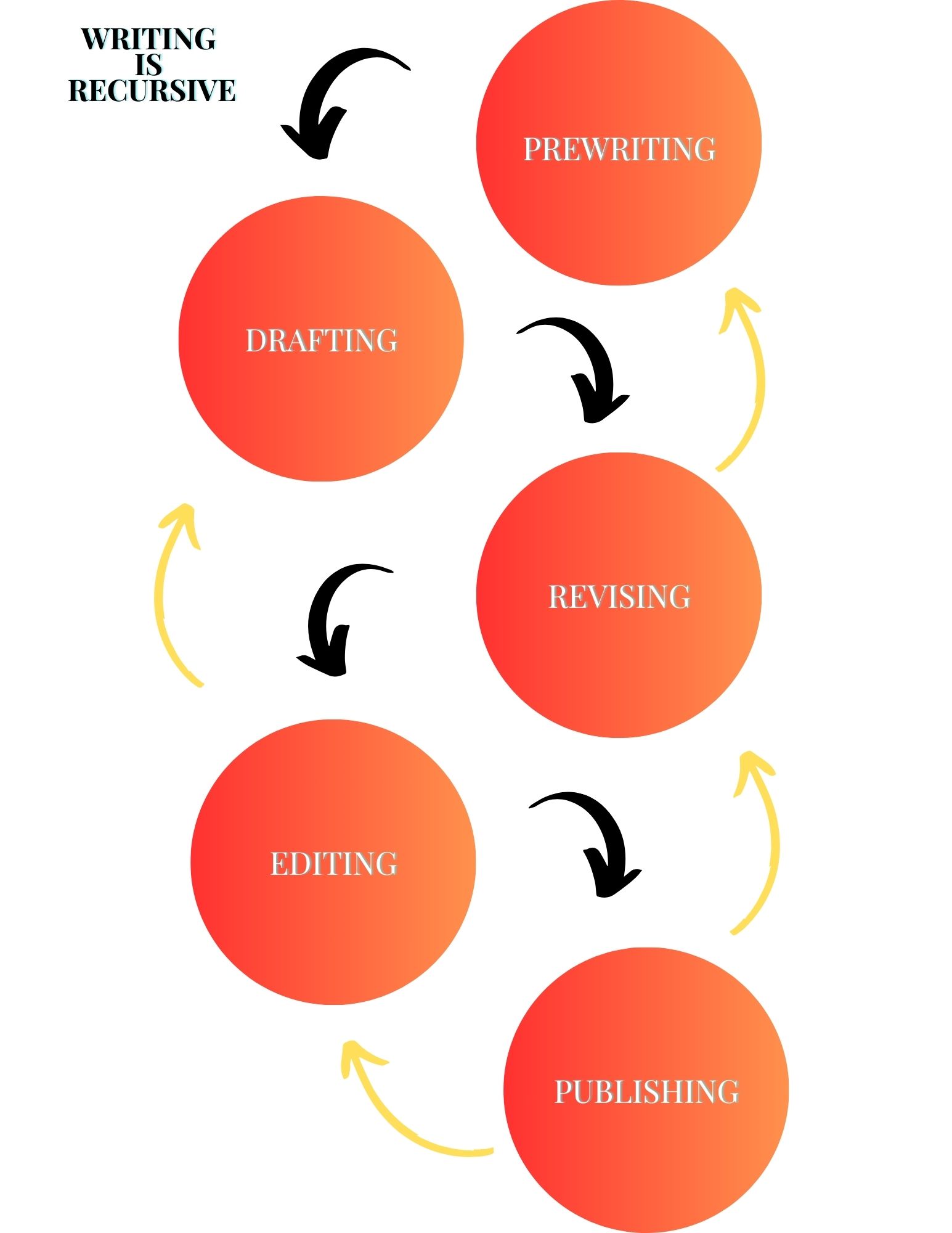Swords clashing. Canons firing. An intelligent quip. Slash. A fell foe, stuck with a sword.
Swashbuckling adventure is a historical experience, with men and women jumping from ship to ship and battling along crenellations and parapets on a fortress wall to do battle with pistols and rapiers. Errol Flynn, for instance, exemplified this type of action and adventure in early film, and later came The Pirates of the Caribbean films, in which swashbuckling was at the front and center.
Today on the blog we are going to examine the history of swashbuckling adventure by defining it, analyzing its tropes, and looking at a few examples.
Swashbuckling by definition
By its nature, swashbuckling is an adventurous behavior with a fair amount of flamboyance. Many reviews of The Scarlet Pimpernel by Baroness Orczy or The Three Musketeers by Alexandre Dumas also include the language of bold and daring.
The Cambridge Dictionary defines it as “behaving in a brave and exciting way, especially like a fighter in the past,” which alludes to adventurers of a bygone era dashing to the rescue or to revenge. Additionally, swashbuckling is commonly associated with historical adventure stories, pirate tales, and classic adventure literature.
Swashbuckling is commonly used to describe characters who are both skillful and showy in their approach to conflict, often characterized by a combination of bravado, confidence, and a certain flair or style. The Collins Dictionary writes that “swashbuckling” refers to somebody who is “full of adventure and excitement” or one who is full of “loud boasting or bullying.”
As far as etymology, the word itself combines “swash,” which refers to the noise or movement of a sword being brandished or the “fall of a blow,” with “buckle,” suggesting the action of fastening or engaging in a fight (Etymology).
Tropes of Swashbuckling Adventure
Swashbuckling adventure has a few hallmarks that illustrate its particular look and feel. For example, the protagonist of a swashbuckling story (the swashbuckler) must be charismatic and skilled in ability, from swordsmanship to wit. Wesley, from The Princess Bride, is a great example of this type of hero. He is skilled, defeating the sword master Inigo, he is strong, defeating the giant Fezzik, and he is smart, outwitting the mastermind Vizinni. Similarly, these types of heroes are often masked to have a secret identity. Westley fits this description in his Dread Pirate Roberts persona, but so doe The Scarlet Pimpernel, and, of course, Zorro.
Moreover, in these types of stories we can expect to see some amount of swordplay or duels, or both. For instance, in The Three Musketeers, d’Artagnan engages in a duel with not one, but all three of the musketeers–Athos, Porthos, and Aramis. Unlike the aforementioned example, often we see a sworn foe or villain as well. In Robin Hood stories, this is often the King of England or the Sheriff of Nottingham.
Furthermore, swashbuckling adventures are known for their settings. If you think about The Pirates of the Caribbean films, the movie moves from one location to another, including Davy Jones’ Locker, Isla Curces, Isla de Muerta, Isla de Pelegosto, Port Royal, Shipwreck Cove, and so on. In other instances, the locations might simply be a time and place, but it still offers a large variety of presentation, from medieval Europe in Robin Hood to France during the Reign of Terror in The Scarlet Pimpernel.
Lastly, there are two remaining tropes of swashbuckling adventure, which seem to pervade each story. One of these tropes include an amount of intrigue and plot twists. The Count of Monte Cristo by Alexandre Dumas features and intelligent man under disguise using intelligence and wit to outdo his foes, but the plot is rife in his revenge, and he experiences a great deal of revelations throughout the story. The second trope is the high-stakes of the story, which feature prominently throughout many of the listed examples. The Scarlet Pimpernel is saving lives from the gallows. The man in black is saving his true love from the clutches of a political scheme. The Three Musketeers are protecting the French monarchy from assassination plots.
Examples of Swashbuckling in literature and film
There are hundreds, if not thousands of examples, of swashbuckling and swashbuckling adventure in both literature and film.
Examples include:
Literature
- Knights of Olde: In Jeffrey Chaucers’ Canterbury Tales, many of the knights tell tales of bold and daring rescue and adventure.
- The Three Musketeers (1844): d’Artagnan and his three companions must thwart evil doers in France while engaging in both action and excitement.
- Robin Hood (1883): Howard Pyle’s The Merry Adventures of Robin Hood exemplifies action and adventurous exploits.
- The Scarlet Pimpernel (1905): Baroness Orczy’s classic novel of a swashbuckling Englishman out to save French aristocrats from the gallows.
Film
- The Princess Bride by William Goldman (1973): This novel (and the subsequent film) features swashbuckling elements as the man in black quests to save his beloved princess.
- Robin Hood, Prince of Thieves (1991): Robin Hood returns from the crusades to find his home in turmoil and so does battle with the Sheriff of Nottingham.
- The Mask of Zorro (1998): This film, starring Antonio Banderas as Zorro, brings the iconic character into the 19th century, featuring sword fights, acrobatics, and a mentorship dynamic reminiscent of classic swashbuckling tales.
- Pirates of the Caribbean (film series, 2003–present): While set in the Golden Age of Piracy (17th–18th centuries), the film series combines historical elements with fantasy.
Conclusion
Swashbuckling adventure is just plain fun. It features swordplay and intrigue. Adventure and dynamic characters. It also has excellent settings and plots that are filled with twists and turns. Swashbuckling is a fantastic genre if you wish to sit down and feel action or adventure. Or, perhaps, you just want to learn a little history or visit a time and place you are unfamiliar with in your own life.
Works Cited
“Swashbuckling.” Cambridge Dictionary. Web. https://dictionary.cambridge.org/dictionary/english/swashbuckling
“Swashbuckling.” Etymology. Web. https://www.etymonline.com/word/swashbuckling







